Campi Bisenzio

The village of Campi Bisenzio is located along the plain between Florence and Prato and is crossed by the rivers Bisenzio, Arno, Ombrone and Marina. According to tradition, the first inhabitants of the town were the Ligurian. In Roman times there was an arrangement of urban planning that is still visible in the alignment of roads in a north-south and east-west way, along the lines of the Roman Castrum.
The city's name derives from a mix of the words "Campi" (fields), with reference to the agricultural nature, and "Bisenzio" which alludes to water course crossing it. Within the city are visible the nineteenth-century Town Hall, which preserves the ancient coat of arms of the Podesta, then the Museum of Sacred Art and the Church of St Stefano. You can also visit the eighteenth-century Teatro Dante, in the past, one of the historic temples of opera in Italy, recently restored. The course of the Bisenzio River has always been an attraction for the development of farming communities, but local people in the Middle Ages along with the Benedictine monks have had to pour out in numerous works of reclamation and levees repair. The origin of the center can be dated to around one thousand. Between the eighth and ninth centuries there is already a "Castrum Mazzinghorum", or "castello dei campi" property of the Mazzinghi, a family of Germanic origins, which was responsible for the construction of the fortress in the twelfth century.
According to tradition, the historic rivalry between the Guelphs and the Ghibellines, which bloodied the Tuscany region, originated from a fight, unleashed at the end of a party in honor of one of the Mazzinghi's, in the village of Campi Bisenzio. The castle was devastated by the same Ghibellines, after their victory at Montaperti. Soon after, new families come into possession of the territories of Campi Bisenzio. The village, in 1292, became part of the district of Florence Santa Maria Novella, undergoing further disruptions due to flooding of the river Arno and the incursions of the Pisani. The new Florentine Republic ensured its fortification. Campi Bisenzio in 1427 became part of the Vicariate of Scarperia. Its economy, meanwhile, increased thanks to agriculture and crafts, closely linked to the processing and packaging of straw and hats.
Explore handpicked self catering homes in Tuscany.

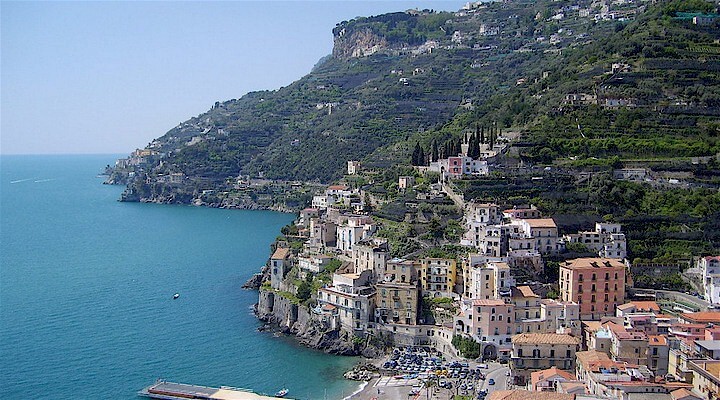 Amalfi Coast
Amalfi Coast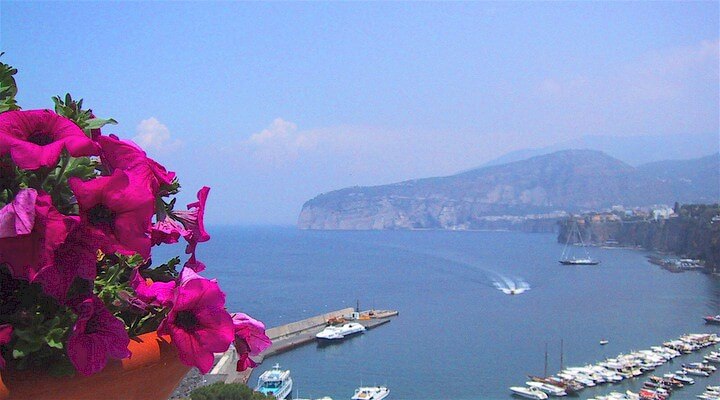 Sorrento Coast
Sorrento Coast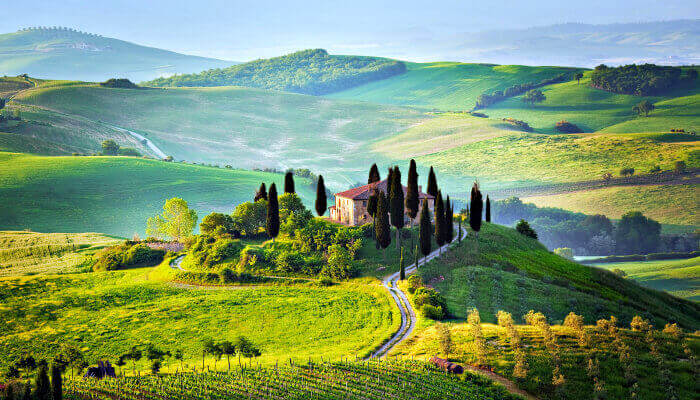 Tuscany
Tuscany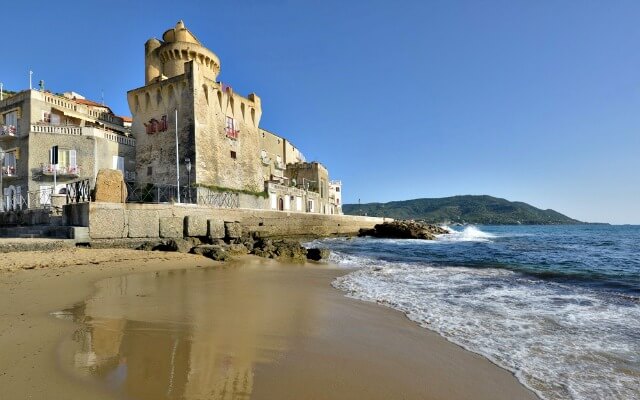 Cilento National Park
Cilento National Park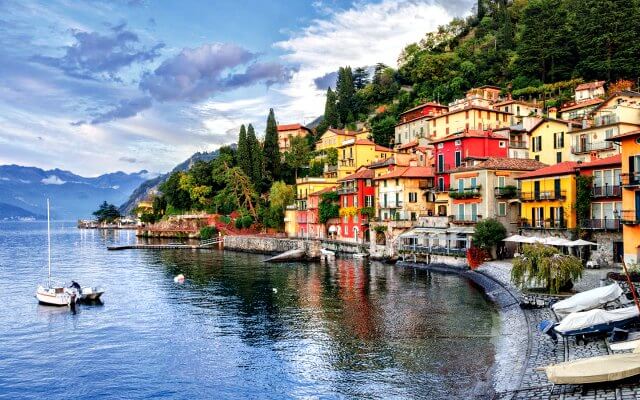 Lake Como
Lake Como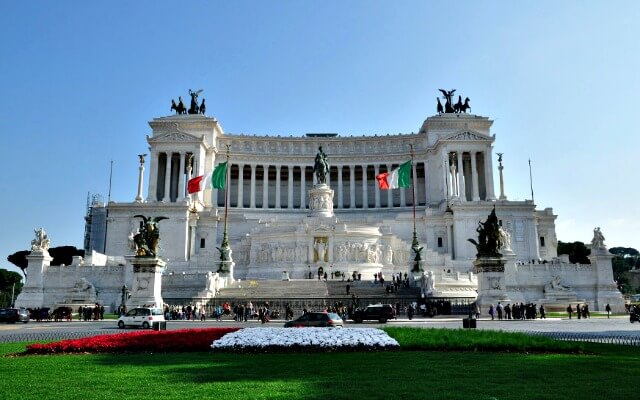 Rome and Latium
Rome and Latium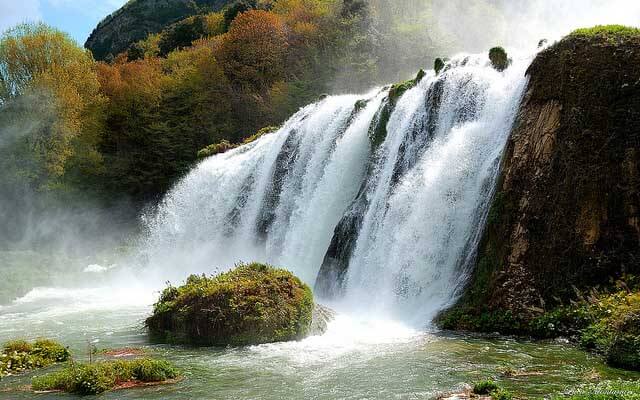 Umbria
Umbria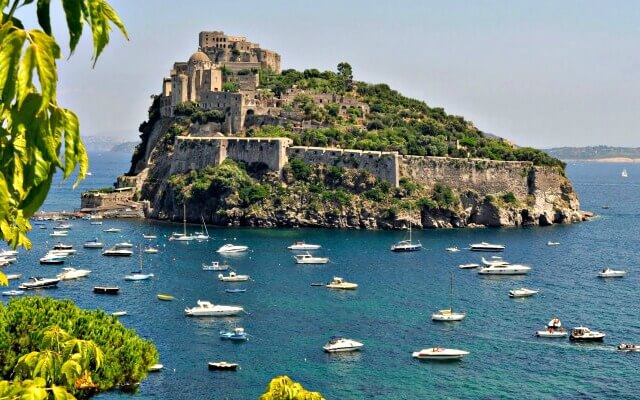 Capri and Ischia
Capri and Ischia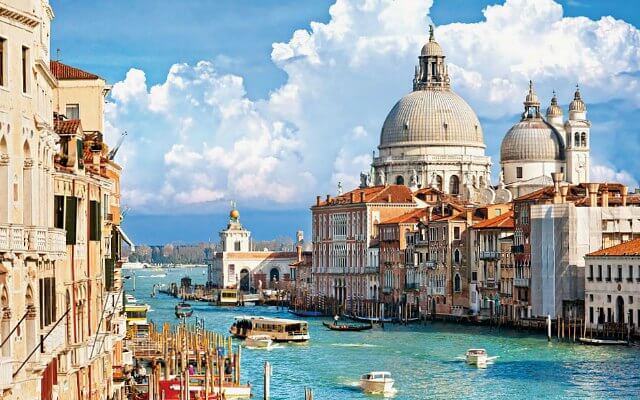 Venice
Venice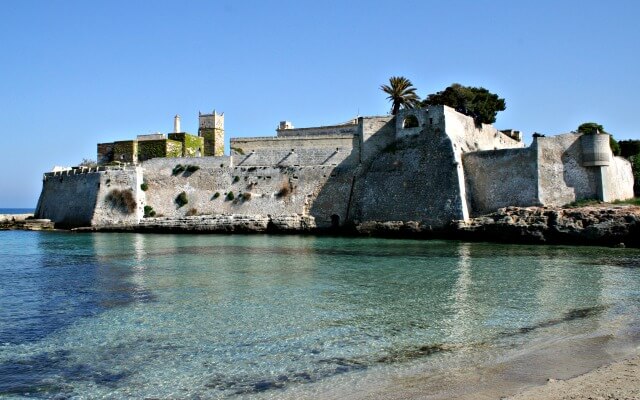 Puglia (Apulia)
Puglia (Apulia)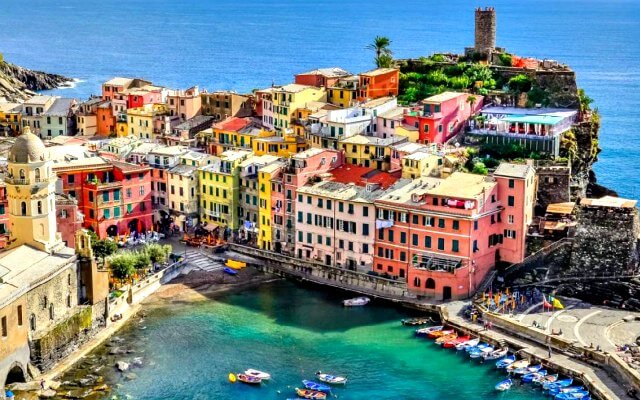 Liguria
Liguria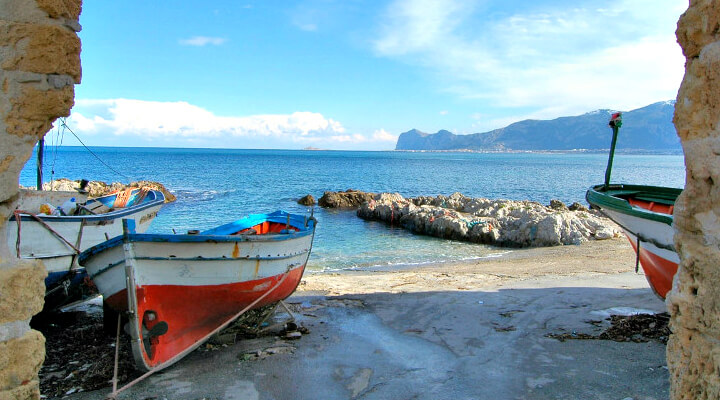 Sicily
Sicily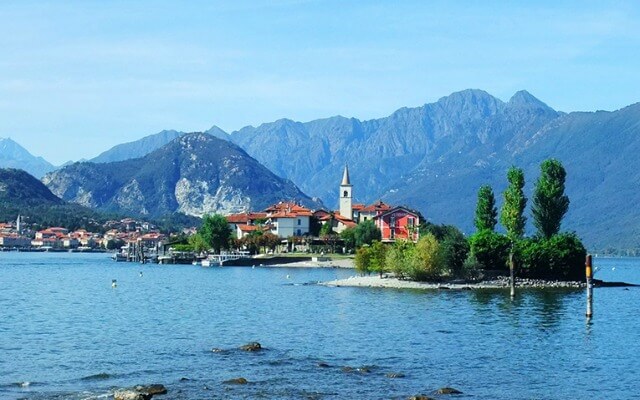 Lake Maggiore
Lake Maggiore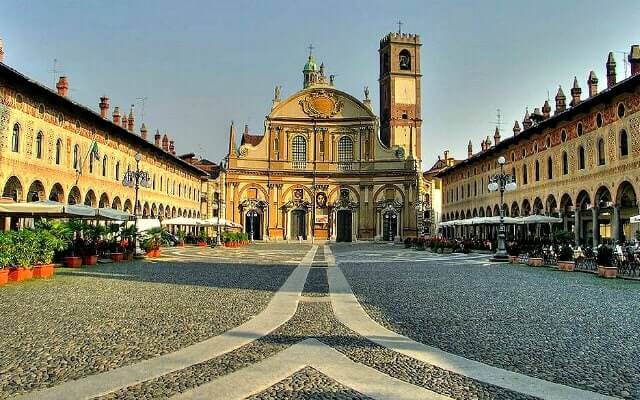 Lombardy
Lombardy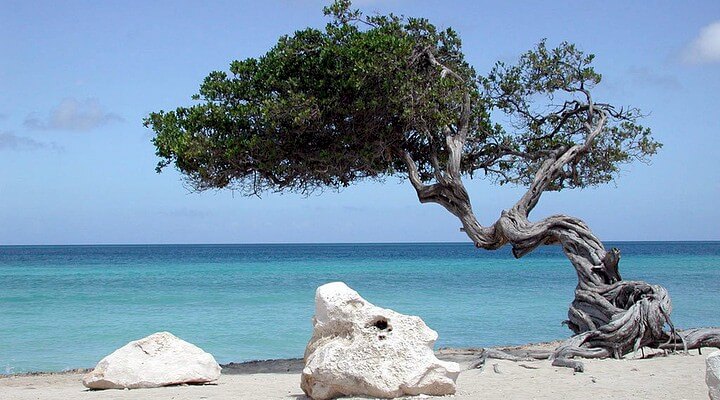 Sardinia
Sardinia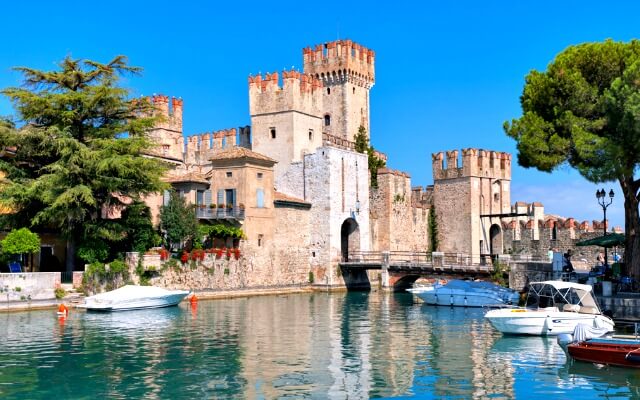 Lake Garda
Lake Garda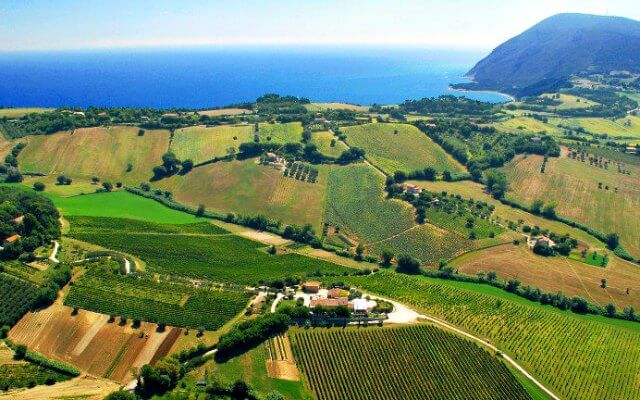 Abruzzo and Marche
Abruzzo and Marche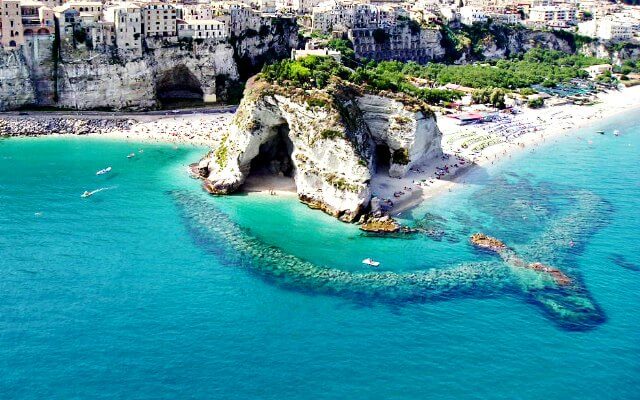 Calabria
Calabria

